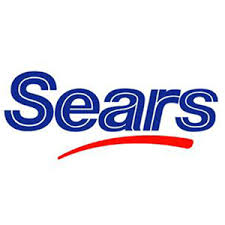Google is an Advertising Company.
I’ve written before about Google’s “culture of technological obesity” saying I think the company is taking on too much outside of its core mission. Phones, productivity apps, the list goes on and on. The reality is — the dirty little secret no employee will readily admit — is Google is an advertising company. (Google Doubleclick.) Eric Schmidt and his peeps know this but it doesn’t play well at cocktail parties. The technology badge is what they wear most proudly.
Of the $6.78B in revenue announced this quarter, the lion’s share was ad generated. Now don’t get me wrong, I love Google. I’m not a hater. They need to succeed. Google really is changing the world for the better. But they will Divest or Trivest at some point. The company is a 3-ring business circus. And because one of the rings — most profitable ring – is advertising, and because Google hasn’t been putting all of its efforts into providing innovation in advertising, it will lose market share. Ad revenue will still grow, but Google will lose market share. My bet is Facebook and Twitter will take share. Facebook is already doing it and Twitter has just begun.
Advertising is about search, yes, but also about referral and context and point of sale (POS). Twitter may have a leg up by combining all four. To all the developers at Chirp…advertising still is da monies! Peace!







